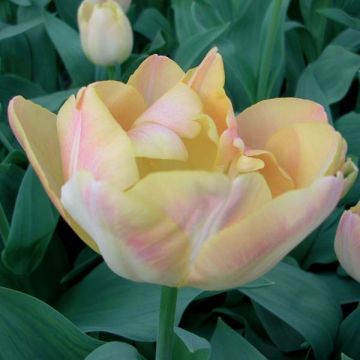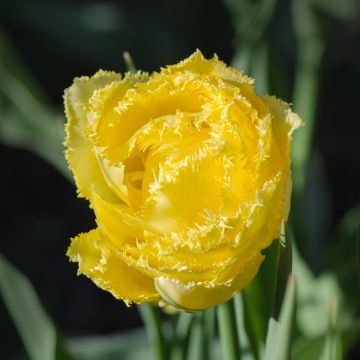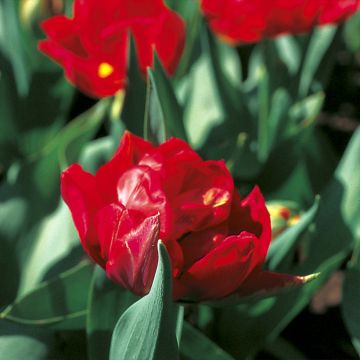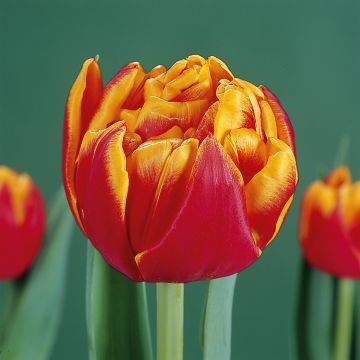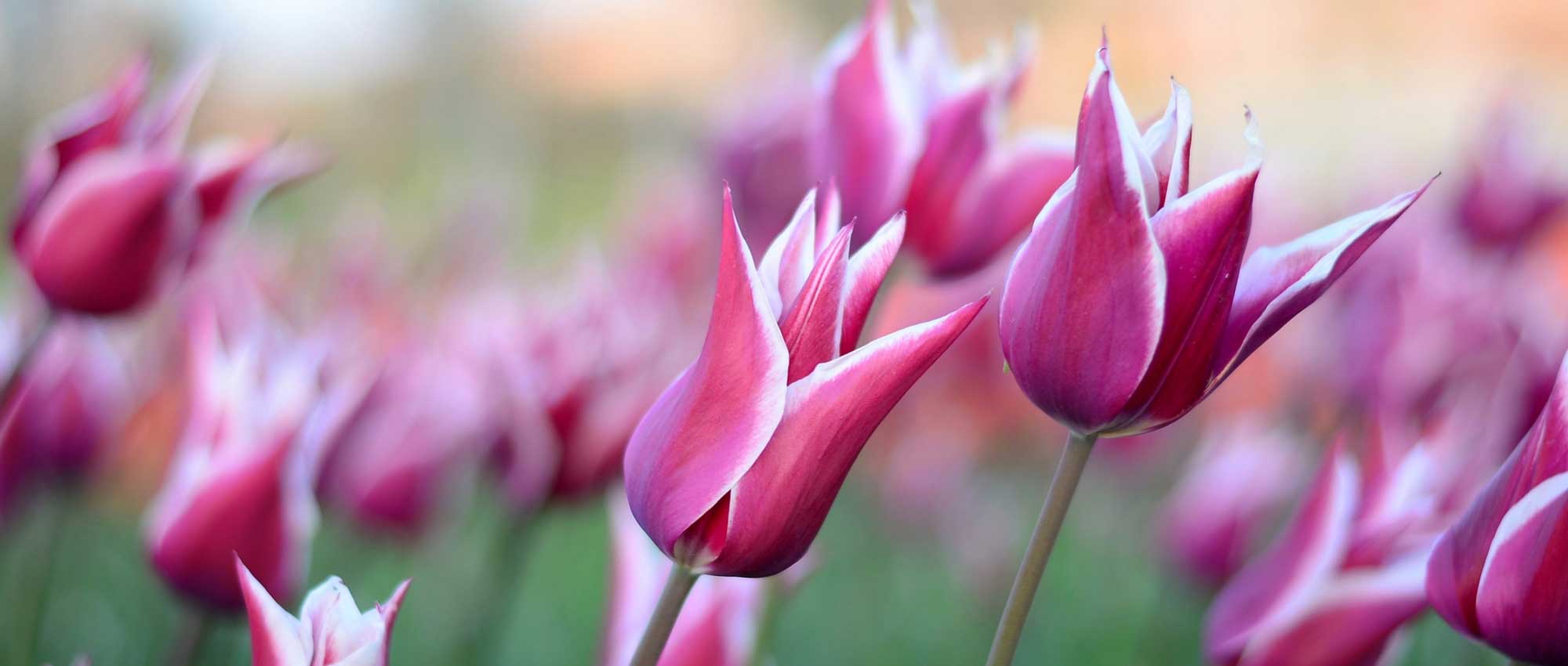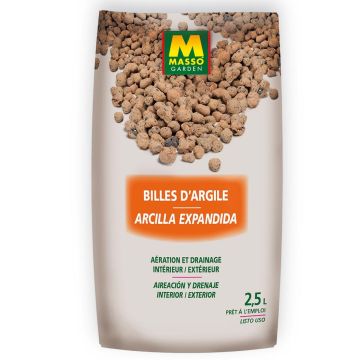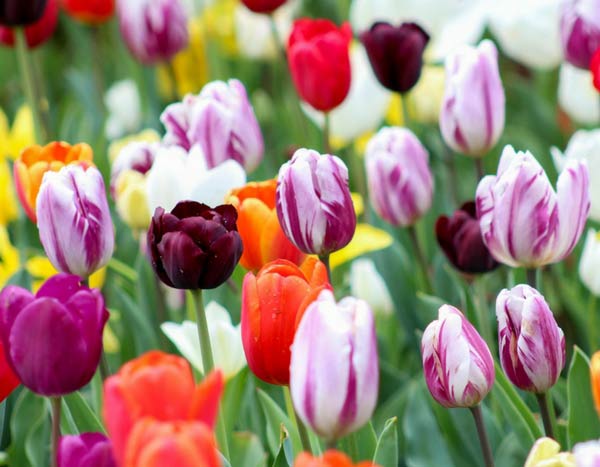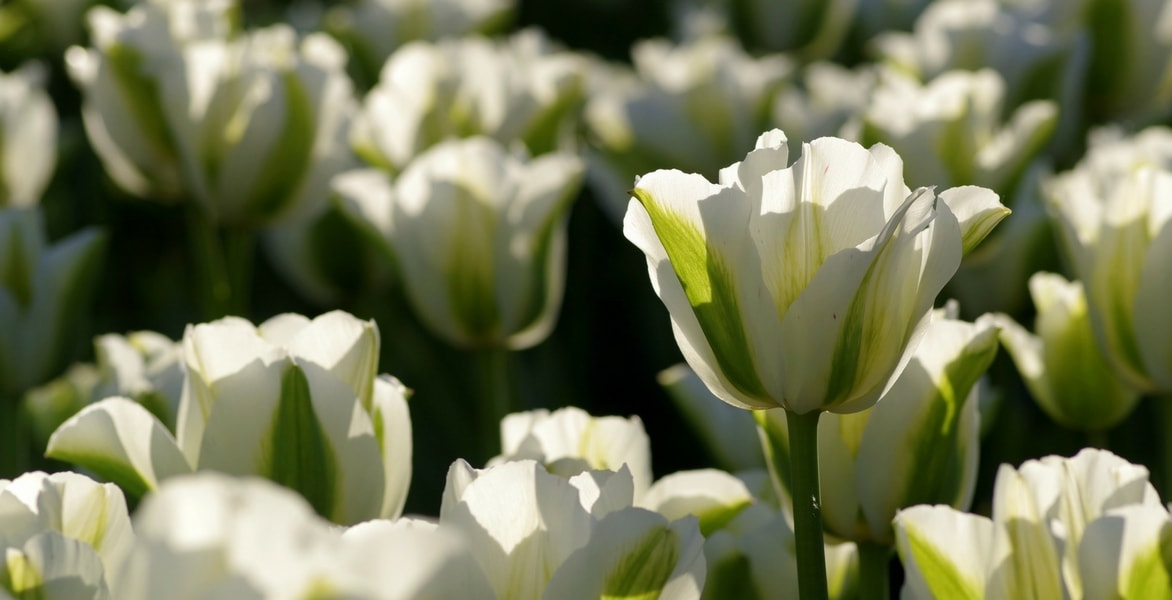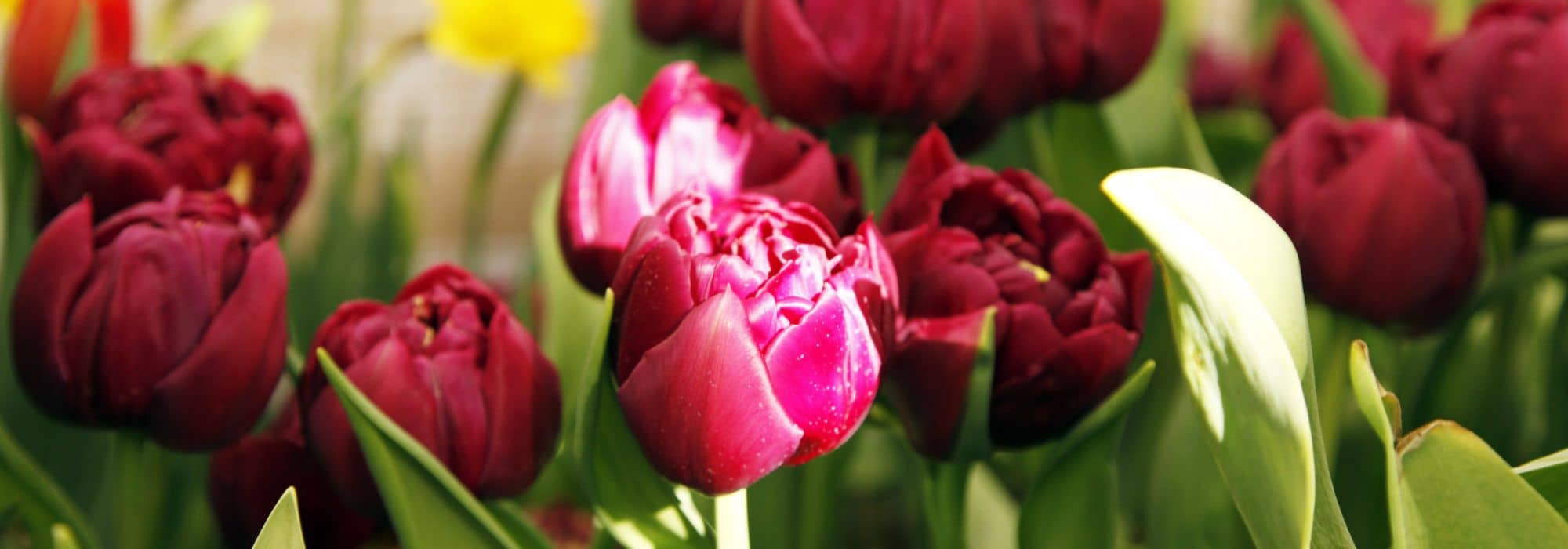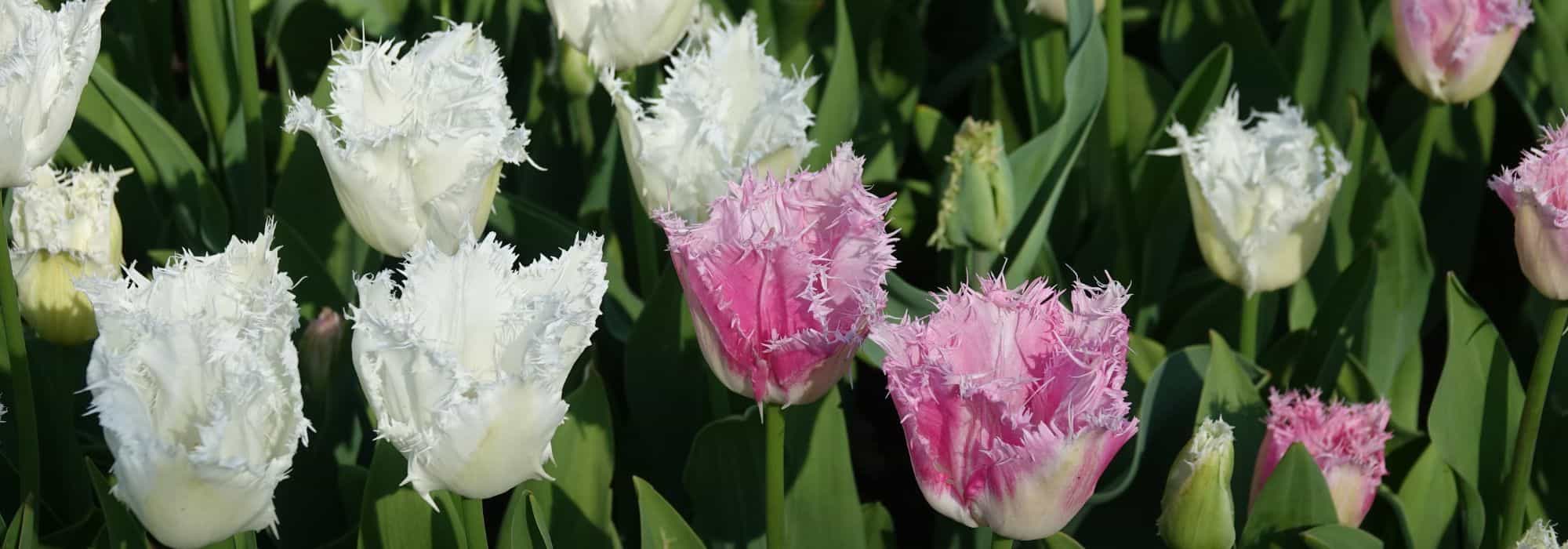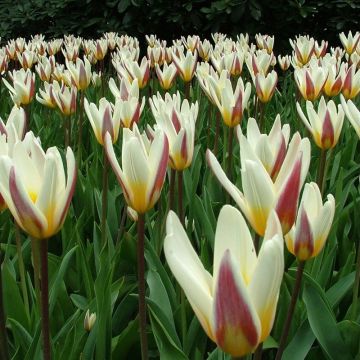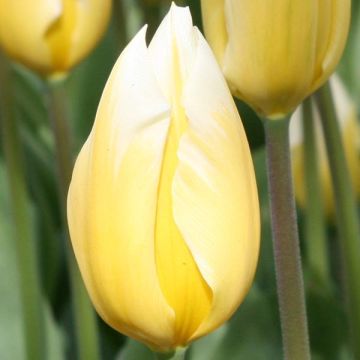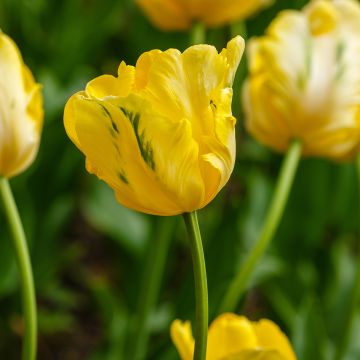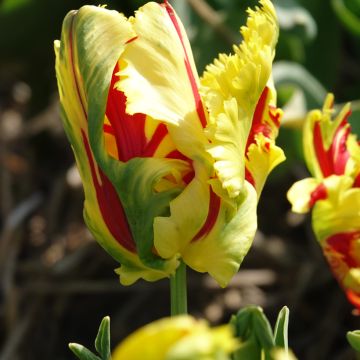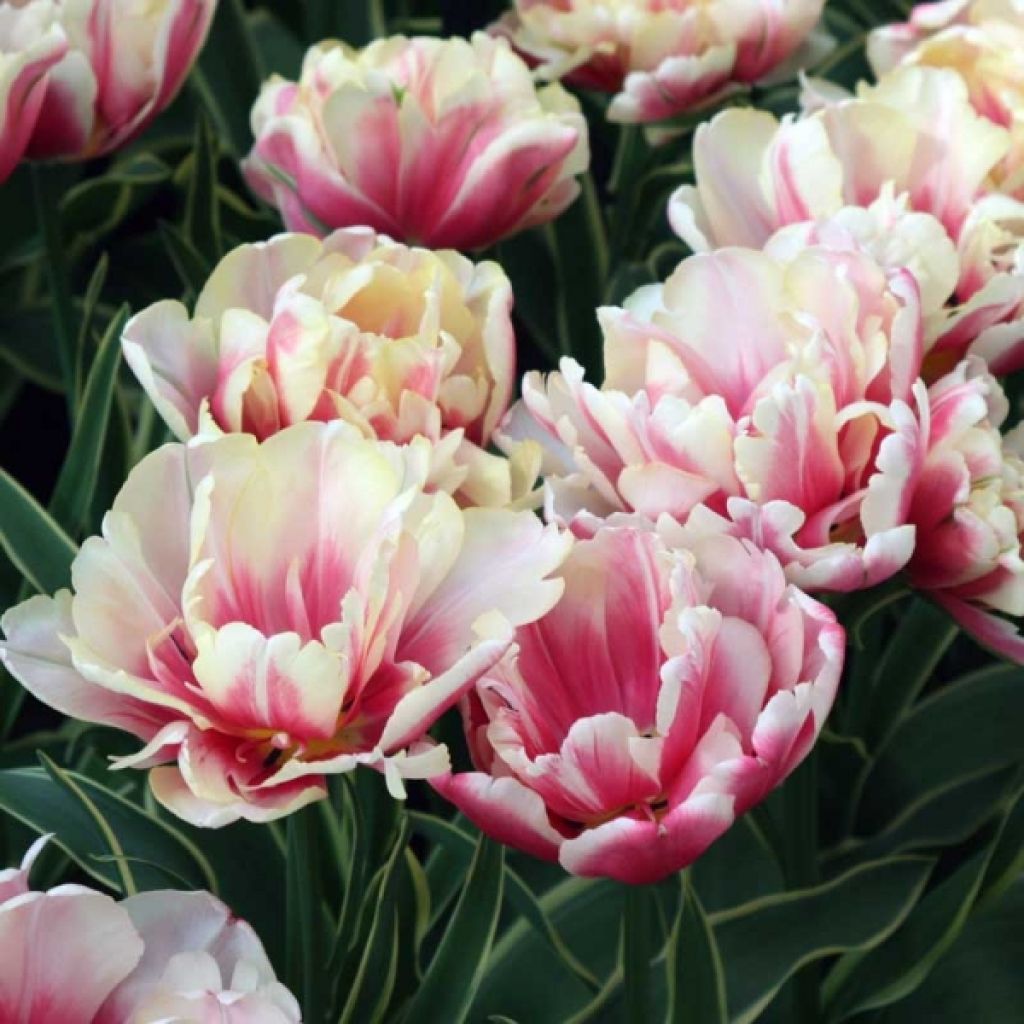

Tulipe Fleur de pivoine Toplips
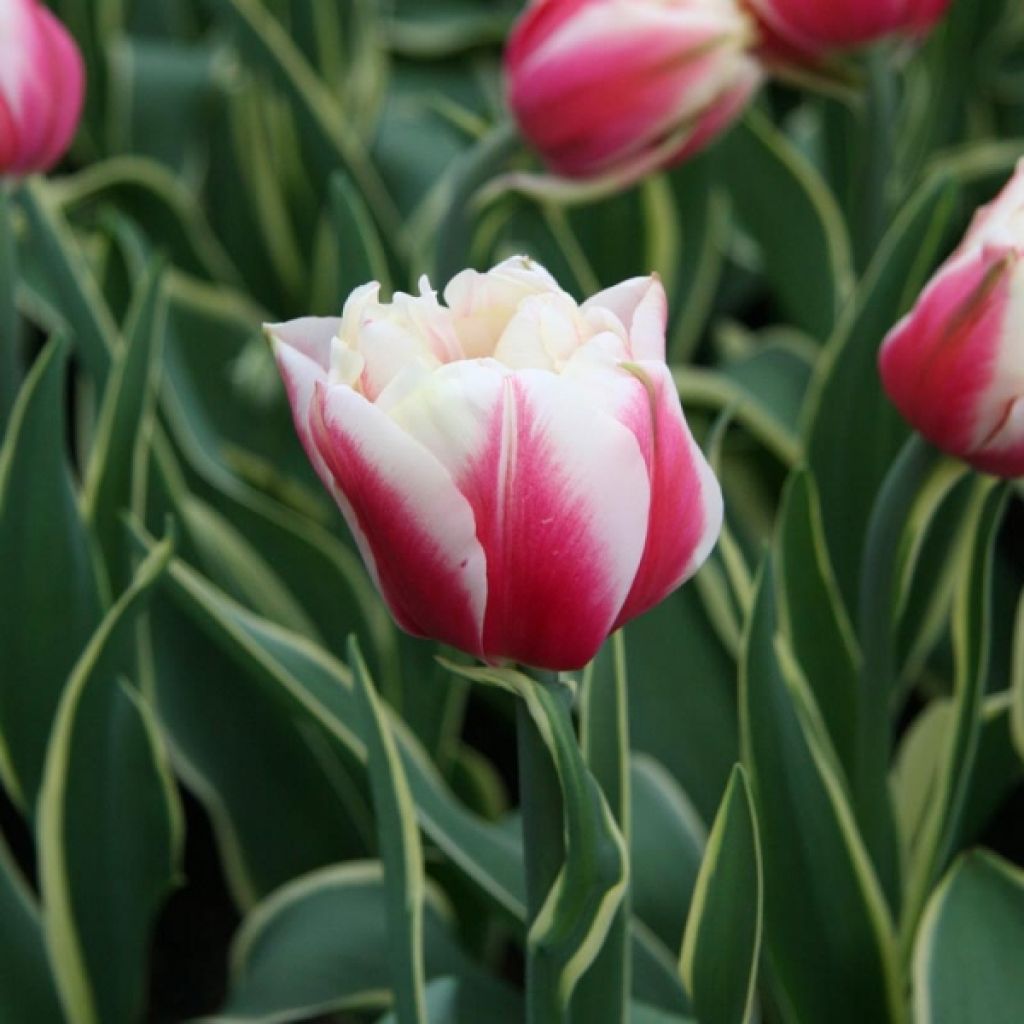

Tulipe Fleur de pivoine Toplips
Tulipa 'Toplips'
Tulipa Toplips
rather disappointed with the colour: reddish orange/yellow...
Lucie, 06/04/2018
Special offer!
Receive a €20 voucher for any order over €90 (excluding delivery costs, credit notes, and plastic-free options)!
1- Add your favorite plants to your cart.
2- Once you have reached €90, confirm your order (you can even choose the delivery date!).
3- As soon as your order is shipped, you will receive an email containing your voucher code, valid for 3 months (90 days).
Your voucher is unique and can only be used once, for any order with a minimum value of €20, excluding delivery costs.
Can be combined with other current offers, non-divisible and non-refundable.
Why not try an alternative variety in stock?
View all →This plant carries a 6 months recovery warranty
More information
We guarantee the quality of our plants for a full growing cycle, and will replace at our expense any plant that fails to recover under normal climatic and planting conditions.
Does this plant fit my garden?
Set up your Plantfit profile →
Description
The 'Toplips' late double Tulip blooms beautifully in April. Its double flowers, round and reminiscent of peonies, are very attractively bicoloured in carmine red with wide white to cream edges. They are carried by short and sturdy stems, resistant to bad weather, in a basket of green foliage finely edged with white to pale yellow. Delicious in a pot, delightful in the garden, superb in a vase!
The 'Toplips' Tulip belongs to the family of lilies. Of horticultural origin, registered in 1998 in the Netherlands, it is currently classified in the group of 'Late Double Tulips', whose main characteristic is to have very double and crumpled flowers, carried by sturdy stems. 'Toplips' is a low variety (about 30cm (12in)) and its flower is of beautiful size, semi-double to double and well open. It shows excellent durability. The petals are clearly bicoloured, carmine red with cream edges becoming white. The corollas open slowly in a vase, gradually shedding their petals, depositing at their base like a shower of pearly petals. The flowering starts relatively late, often at the end of April, when other tulips have already withered for a long time. The leaves, lanceolate in shape, are thick in texture. Their basic colour is a glaucous green, finely edged with cream yellow becoming white. The foliage of tulips naturally turns yellow and dries out a few weeks after flowering, when the bulb enters a resting phase.
With varied, tender or vibrant colours, opulent and naive flowers, late double tulips bring fantasy and romance to pots or sunny gardens, in the company of the most beautiful spring blooms. You can associate the 'Toplips' tulip with pastel tulips like 'Angelique' and 'Maureen Double' or, conversely, dark ones like 'Queen of Night'. Do not forget to consider the height and flowering period when designing your flower beds, as these parameters vary significantly from one cultivar to another. It is wise to plant a few more bulbs for bouquets, as they last a long time in a vase.
Plant habit
Flowering
Foliage
Botanical data
Tulipa
Toplips
Liliaceae
Cultivar or hybrid
Planting and care
Place the 'Toplips' peony-flowered tulips preferably in a sunny spot from October to December for a beautiful spring flowering. You can also place them in a partially shaded location. Plant the bulbs as soon as possible in a light, fertile, and well-drained soil that has been deeply loosened to a depth of 15cm (6in) (bulbs should be covered with twice their height of soil). Space the bulbs 10cm (4in) apart, making sure they do not touch each other to create a mass effect. Cut the flower stems after flowering. Allow the leaves to dry completely before cutting them.
Planting period
Intended location
Care
Planting & care advice
-
, onOrder confirmed
Reply from on Promesse de fleurs
Similar products
Haven't found what you were looking for?
Hardiness is the lowest winter temperature a plant can endure without suffering serious damage or even dying. However, hardiness is affected by location (a sheltered area, such as a patio), protection (winter cover) and soil type (hardiness is improved by well-drained soil).

Photo Sharing Terms & Conditions
In order to encourage gardeners to interact and share their experiences, Promesse de fleurs offers various media enabling content to be uploaded onto its Site - in particular via the ‘Photo sharing’ module.
The User agrees to refrain from:
- Posting any content that is illegal, prejudicial, insulting, racist, inciteful to hatred, revisionist, contrary to public decency, that infringes on privacy or on the privacy rights of third parties, in particular the publicity rights of persons and goods, intellectual property rights, or the right to privacy.
- Submitting content on behalf of a third party;
- Impersonate the identity of a third party and/or publish any personal information about a third party;
In general, the User undertakes to refrain from any unethical behaviour.
All Content (in particular text, comments, files, images, photos, videos, creative works, etc.), which may be subject to property or intellectual property rights, image or other private rights, shall remain the property of the User, subject to the limited rights granted by the terms of the licence granted by Promesse de fleurs as stated below. Users are at liberty to publish or not to publish such Content on the Site, notably via the ‘Photo Sharing’ facility, and accept that this Content shall be made public and freely accessible, notably on the Internet.
Users further acknowledge, undertake to have ,and guarantee that they hold all necessary rights and permissions to publish such material on the Site, in particular with regard to the legislation in force pertaining to any privacy, property, intellectual property, image, or contractual rights, or rights of any other nature. By publishing such Content on the Site, Users acknowledge accepting full liability as publishers of the Content within the meaning of the law, and grant Promesse de fleurs, free of charge, an inclusive, worldwide licence for the said Content for the entire duration of its publication, including all reproduction, representation, up/downloading, displaying, performing, transmission, and storage rights.
Users also grant permission for their name to be linked to the Content and accept that this link may not always be made available.
By engaging in posting material, Users consent to their Content becoming automatically accessible on the Internet, in particular on other sites and/or blogs and/or web pages of the Promesse de fleurs site, including in particular social pages and the Promesse de fleurs catalogue.
Users may secure the removal of entrusted content free of charge by issuing a simple request via our contact form.
The flowering period indicated on our website applies to countries and regions located in USDA zone 8 (France, the United Kingdom, Ireland, the Netherlands, etc.)
It will vary according to where you live:
- In zones 9 to 10 (Italy, Spain, Greece, etc.), flowering will occur about 2 to 4 weeks earlier.
- In zones 6 to 7 (Germany, Poland, Slovenia, and lower mountainous regions), flowering will be delayed by 2 to 3 weeks.
- In zone 5 (Central Europe, Scandinavia), blooming will be delayed by 3 to 5 weeks.
In temperate climates, pruning of spring-flowering shrubs (forsythia, spireas, etc.) should be done just after flowering.
Pruning of summer-flowering shrubs (Indian Lilac, Perovskia, etc.) can be done in winter or spring.
In cold regions as well as with frost-sensitive plants, avoid pruning too early when severe frosts may still occur.
The planting period indicated on our website applies to countries and regions located in USDA zone 8 (France, United Kingdom, Ireland, Netherlands).
It will vary according to where you live:
- In Mediterranean zones (Marseille, Madrid, Milan, etc.), autumn and winter are the best planting periods.
- In continental zones (Strasbourg, Munich, Vienna, etc.), delay planting by 2 to 3 weeks in spring and bring it forward by 2 to 4 weeks in autumn.
- In mountainous regions (the Alps, Pyrenees, Carpathians, etc.), it is best to plant in late spring (May-June) or late summer (August-September).
The harvesting period indicated on our website applies to countries and regions in USDA zone 8 (France, England, Ireland, the Netherlands).
In colder areas (Scandinavia, Poland, Austria...) fruit and vegetable harvests are likely to be delayed by 3-4 weeks.
In warmer areas (Italy, Spain, Greece, etc.), harvesting will probably take place earlier, depending on weather conditions.
The sowing periods indicated on our website apply to countries and regions within USDA Zone 8 (France, UK, Ireland, Netherlands).
In colder areas (Scandinavia, Poland, Austria...), delay any outdoor sowing by 3-4 weeks, or sow under glass.
In warmer climes (Italy, Spain, Greece, etc.), bring outdoor sowing forward by a few weeks.






























